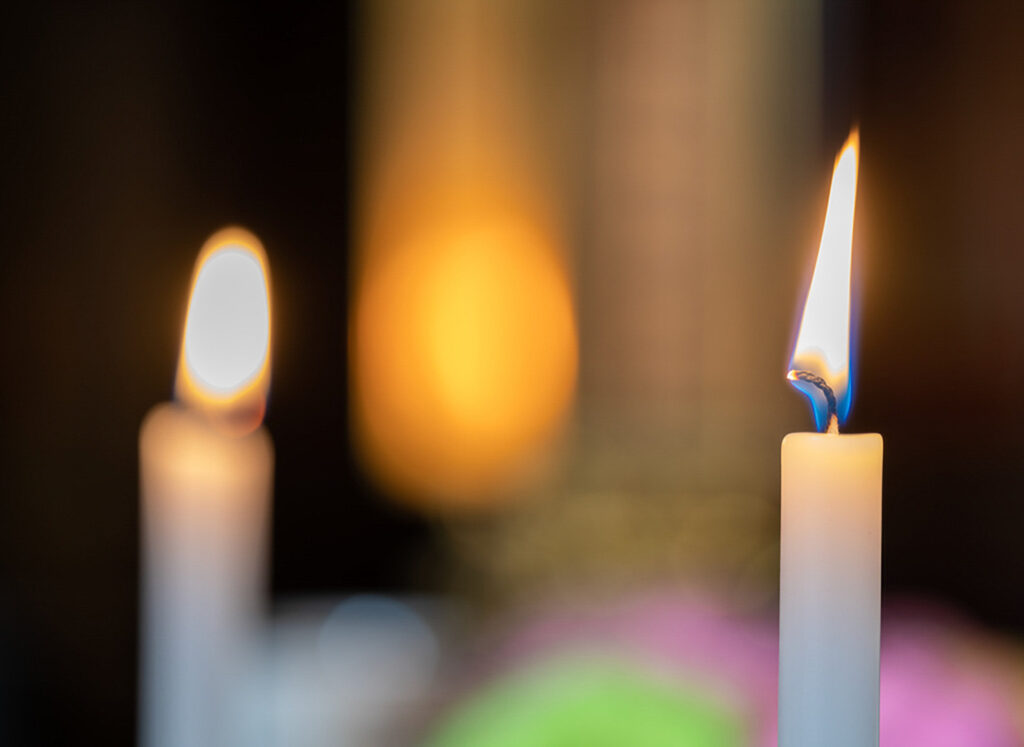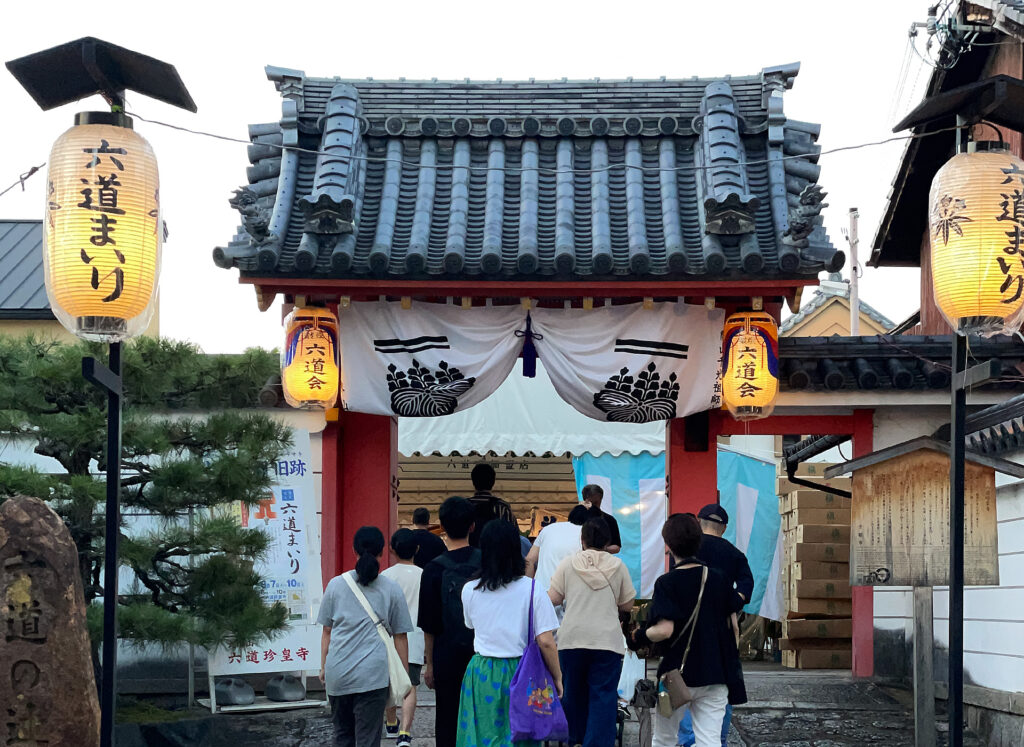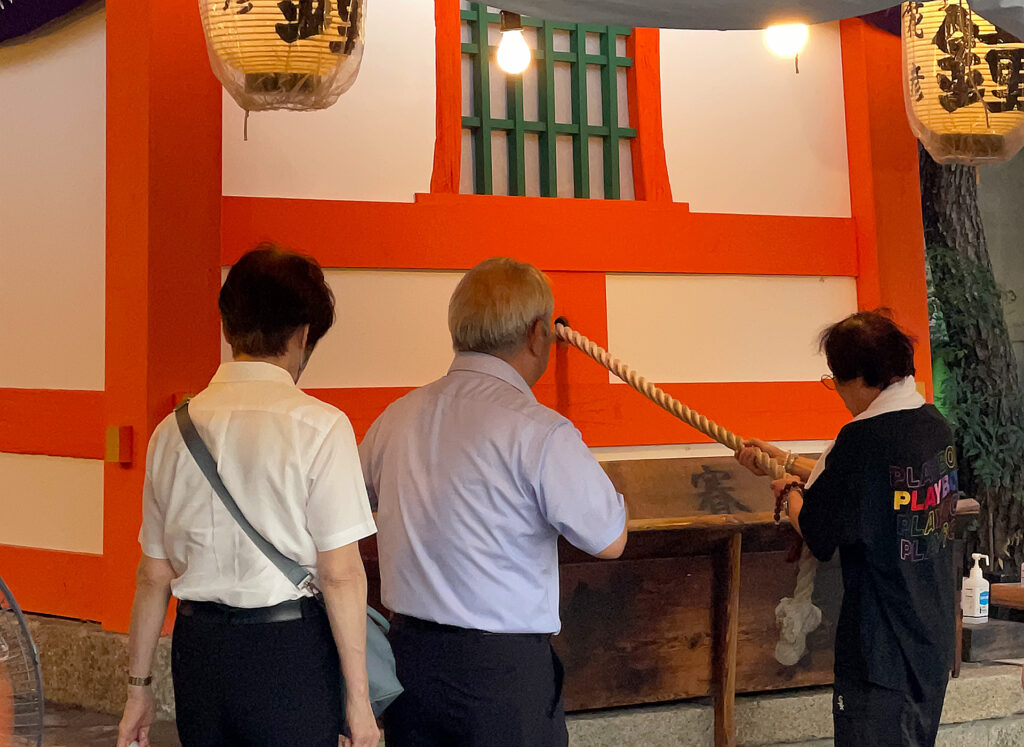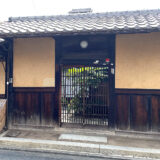
Introduction
As August’s humid warmth envelops Kyoto, a serene transformation occurs. The city, already steeped in history and tradition, becomes even more reflective with the observance of Obon.
This annual event is not just a festival; it is a deeply spiritual time when families honor and remember the spirits of their ancestors.
Through the lens of Kyoto’s unique customs, let’s journey into the heart of Obon and discover its profound significance.
1: History and Meaning of Obon
Obon, with its roots deeply embedded in Buddhism, is a time-honored tradition that has evolved over centuries. It traveled from India through China, finally blossoming into a unique Japanese custom.
The essence of Obon is simple yet profound: it is believed that during this time, the spirits of deceased ancestors return to the earthly realm. Families gather to honor these spirits, offering prayers and gratitude.
This ritual fosters a sense of continuity and connection, bridging the past with the present in a beautifully serene manner.
2: Preparations and Customs of Obon
Preparations for Obon begin well in advance. Homes are meticulously cleaned, especially the family altar, which is decorated with fresh flowers and special offerings.
Lanterns are hung to guide the spirits back home.
The air is filled with the aroma of special dishes, dumplings, and fruits, all prepared with great care as offerings to the ancestors.
As the sun sets, the ceremonies of “Mukaebi” (welcoming fire) and “Okuribi” (sending off fire) light up the night, symbolically guiding the spirits on their journey.
3: Unique Obon Events in Kyoto
With its rich cultural heritage, Kyoto offers some of the most captivating Obon experiences.
A visit to Rokudo Chinnoji during Obon is like stepping into another world. This temple, considered the boundary between the living and the dead, becomes a focal point for those seeking to connect with their ancestors.



The highlight, however, is the Daimonji Bonfire. On the evening of August 16th, the mountains surrounding Kyoto are set ablaze with giant kanji characters, creating a breathtaking spectacle as the spirits are sent off in a blaze of glory.

4: Modern Aspects of Obon
While deeply rooted in tradition, Obon has adapted to the rhythms of modern life. Today, families might take trips or participate in community events, all while keeping the essence of Obon alive. For tourists, Kyoto offers a plethora of experiences during this time.
Conclusion
As we reflect on Obon’s rich traditions, we are reminded of the importance of honoring our ancestors and cherishing the bonds that connect us.
Kyoto, with its timeless beauty and deep cultural roots, offers a perfect backdrop to experience this profound and moving observance.
Through Obon, we find a unique window into Japan’s soul, one that invites us to pause, reflect, and appreciate the continuity of life.




